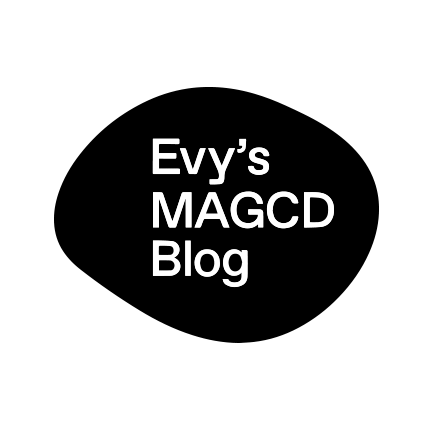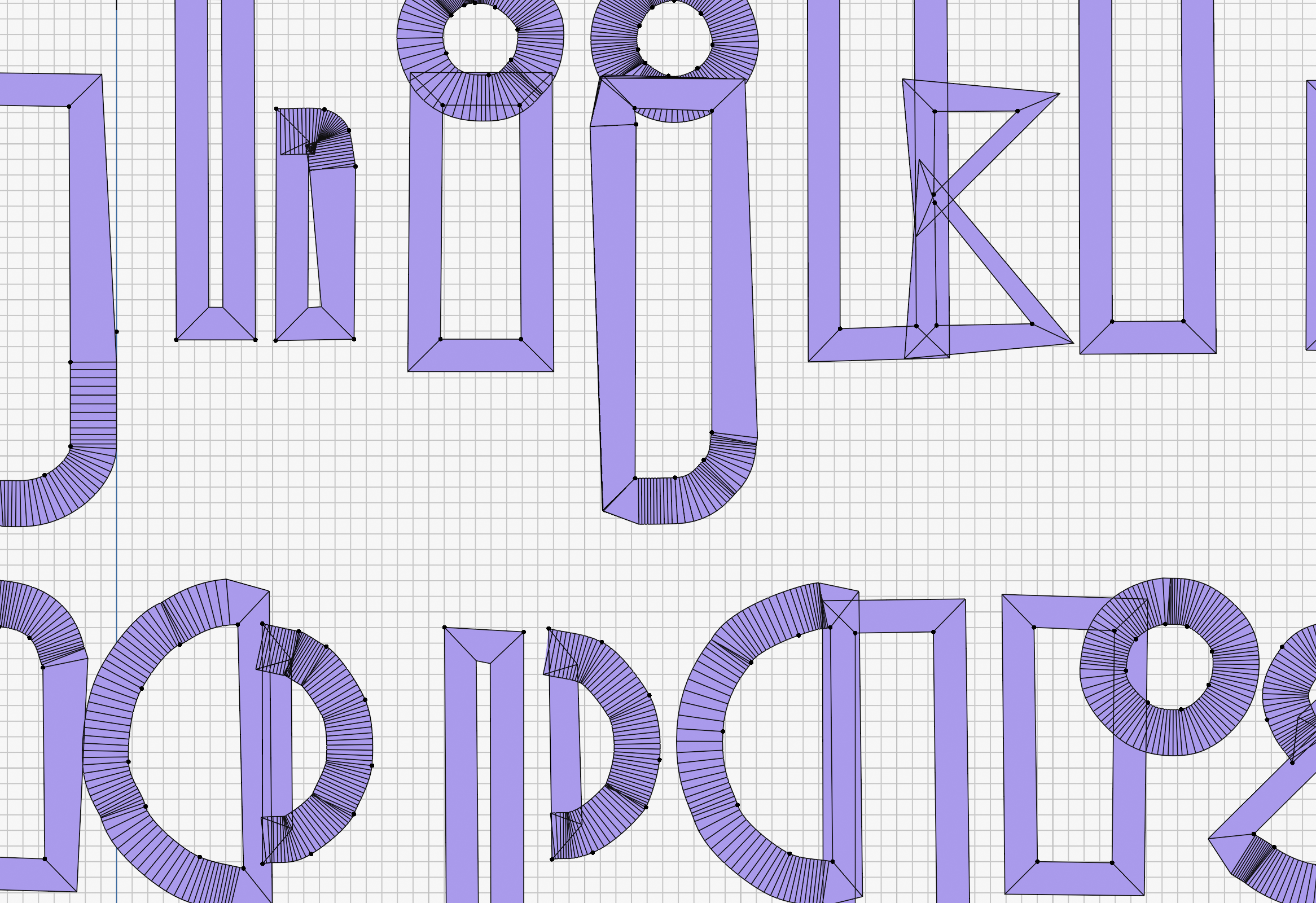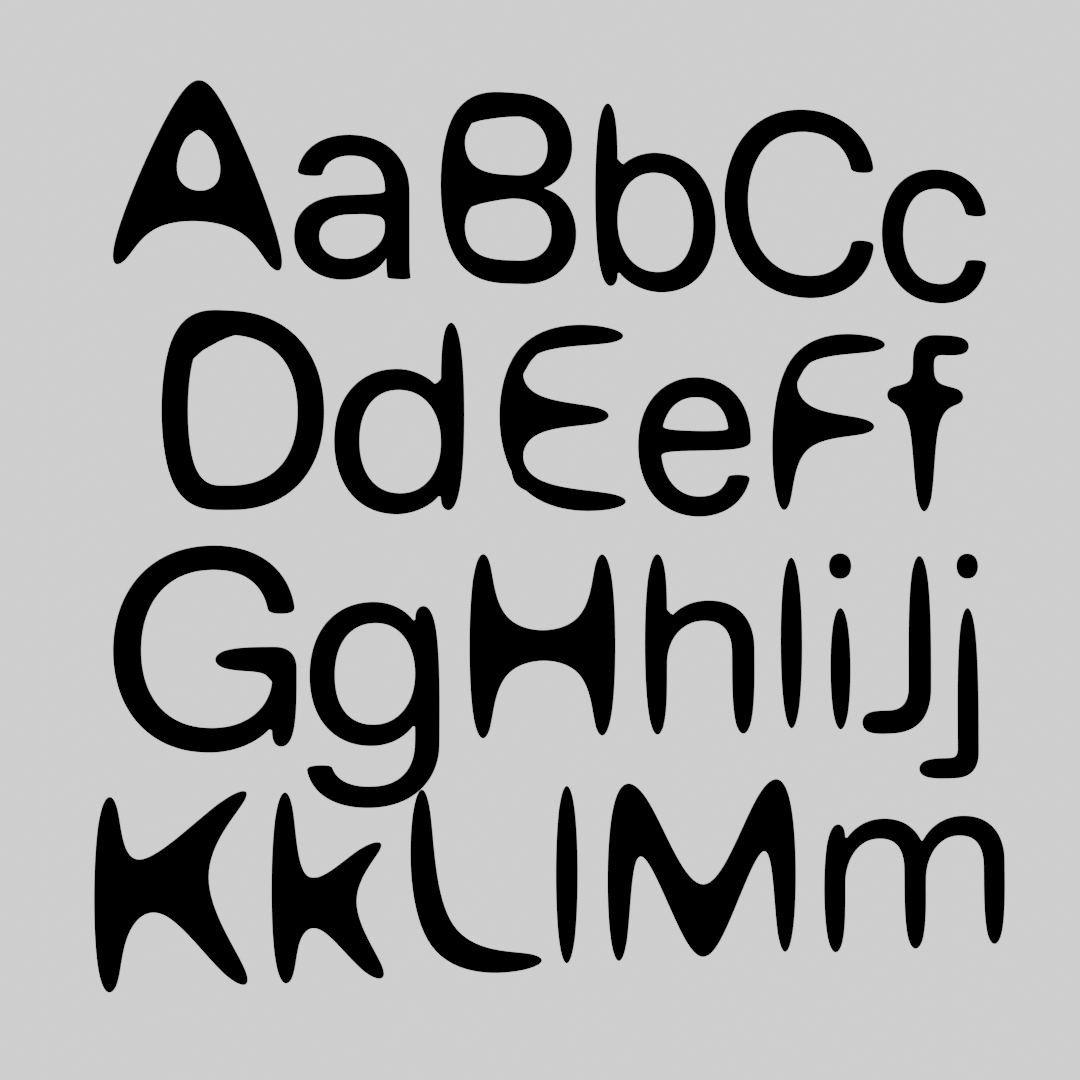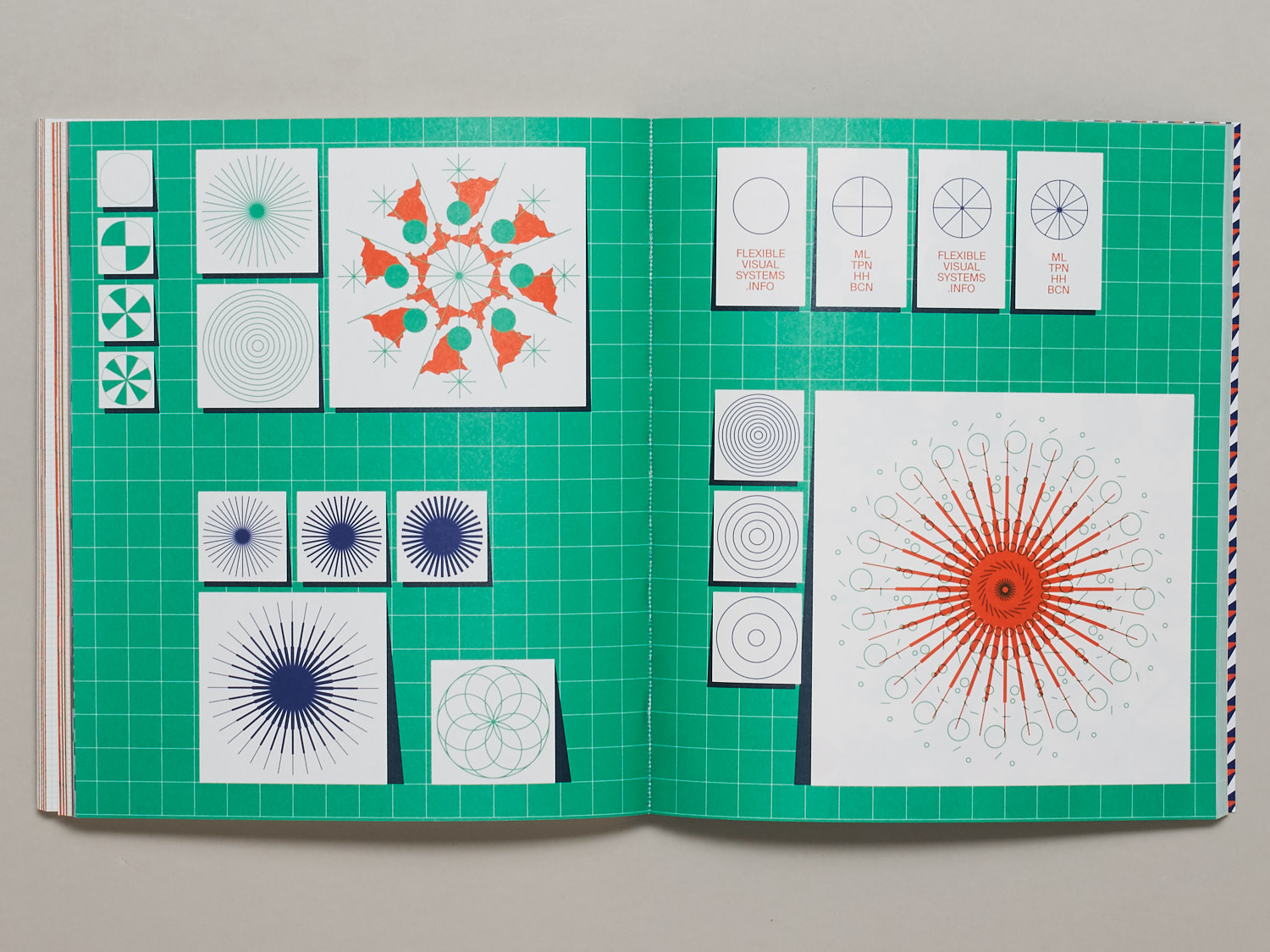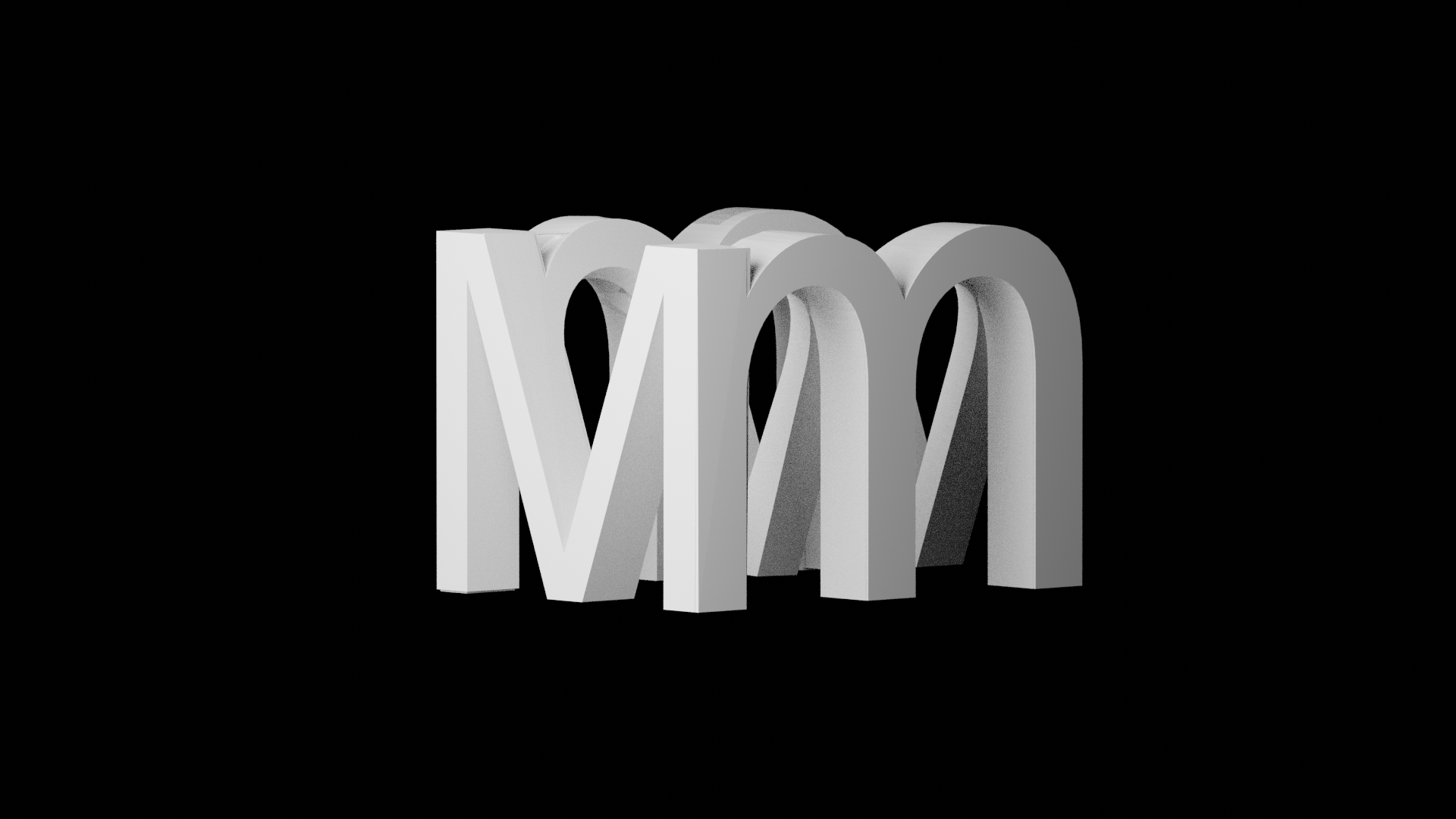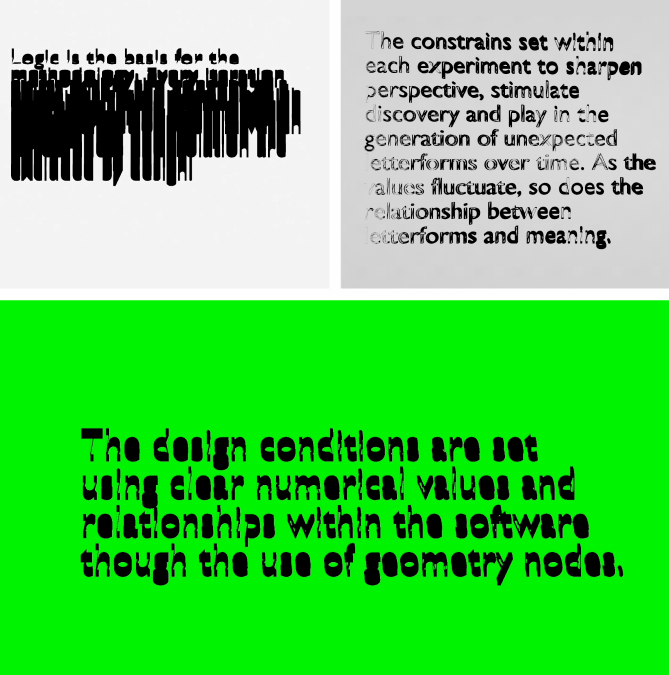
Written Response – Methods of Iterating
This project explores the idea of using Blender, 3D modelling software, as a type design tool. Looking to generate letterforms that change over time, using constrained parameters and modifiers within the system. Please find below a PDF compiling Draft 1, Draft 2 and the final written response.
Category : Methods of Iterating, Unit 1 - Methods
